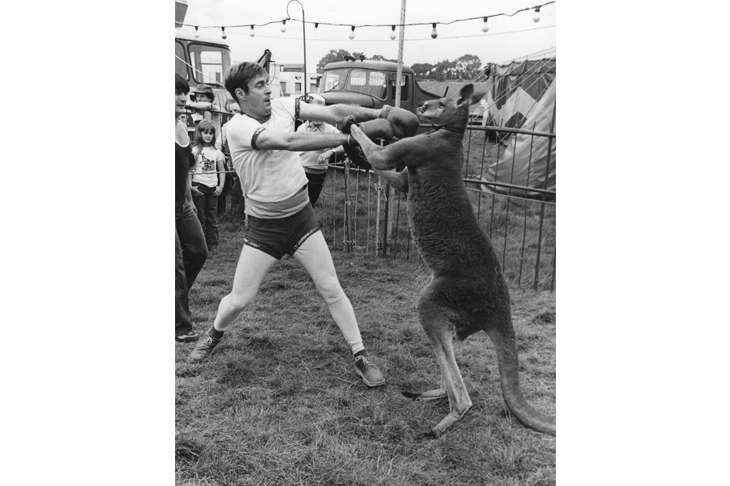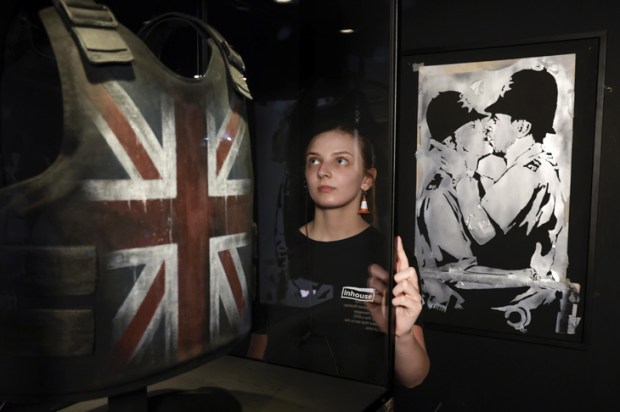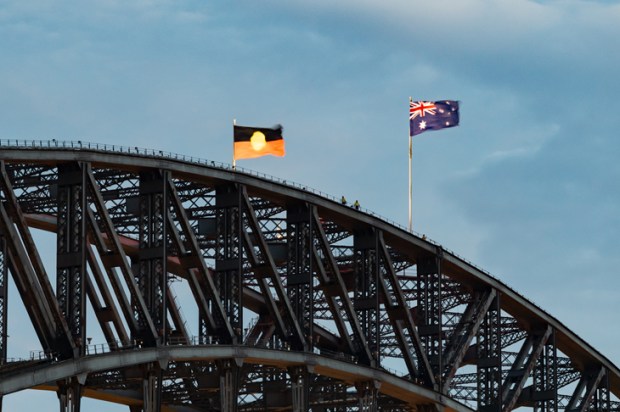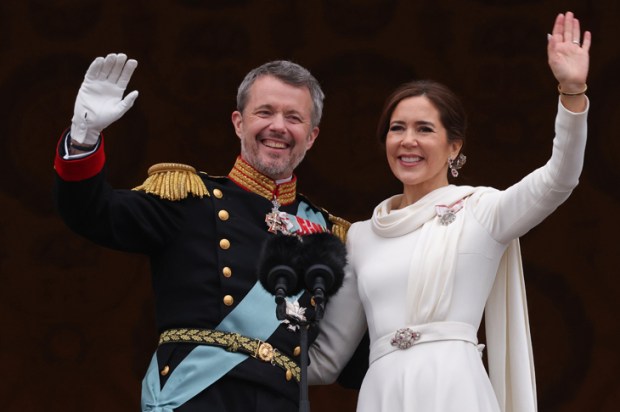Recent reports of a WA man being killed by a kangaroo have been syndicated by foreign news agencies for much the same reasons that Jane Goodall’s revelation that chimpanzees kill each other made international headlines in the 1960’s. Thanks to A.A. Milne, Walt Disney and Qantas the world’s largest marsupials have long enjoyed a reputation for being at worst no threat to us and at best to being our funny, furry friends. Indeed, in a country whose indigenous dog species is still suspected of having a taste for human babies, these bouncing, big-eared, bub-toting bipeds have always been an anthropomorphic no-brainer. Don’t get me wrong. I’m not suggesting a re-categorising of roos as dangerous Australians alongside funnel-webs, salties, taipans and great whites. The WA incident was, after all, the first kangaroo fatality in more than 80 years. But this seemingly reassuring statistic may only be due to the antisocial vampiric schedule of kangaroos and the reluctance of the vast majority of Australia’s overwhelmingly urban human population to get out of their cars between city limit signs. The vanishingly small number of modern Australians who do encounter kangaroos on foot on a regular basis know that they can be highly territorial, and that alpha males are inclined to interpret our erect posture as a challenge from which they are not genetically disposed to back down. This behaviour is so predictable, in fact, that it used to be monetised. Up to the second world war Australia exported as many boxing kangaroos as actors; I first saw one in an English village green big top in the 1960’s. The footage of those contests – and of the smiling faces of the well-dressed, well-behaved crowds – show that it was considered an entirely respectable and harmless bit of fun, the apparent willingness of the animal involved to observe Queensberry rules even suggesting that he was in on the joke, not unlike a professional wrestler. Compared with eating the meat of a harpooned whale, wearing the fur of a tortured mink, or playing a piano made from a poached elephant, paying to see some clown thump a kangaroo a few times was deemed no more than an ethical misdemeanour – especially as the kangaroo often seemed to win. So even after the campaigning of animal rights organisations made most live megafauna acts prohibitively controversial in much of the western world, the boxing kangaroo lived on as an icon of Australian popular culture, and the cartoon version of him which was first seen flying from the masthead of Alan Bond’s 1983 America’s Cup-winning yacht is now a treasured branding asset of the Australian Olympic Committee.
‘The Boxing Kangaroo,’ boasts the AOC’s website, ‘is a unique and powerfully emotive symbol with broad appeal to Australians and tourists alike. “BK” is also a great symbol for the younger generation as he represents the positive values and virtues of sport: aspiration, positive attitude, sportsmanship, pride, individual responsibility, respect and expression.’ One can’t help wondering how much due diligence the AOC’s copywriter did for that piece. Let’s hope, for his or her sake, that the ‘younger generation’ of Australians referred to will never discover how much ‘sportsmanship, pride, individual responsibility and respect’ was actually involved in BK’s provenance. That his real-life antecedents were no more willing participants than the Old World’s ‘dancing bears’, so called because of the way they stood up on their hind legs and hopped from one foot to the other to avoid being burned by the fires which had been lit beneath the floors of their cages. Then again, while books like Dark Emu are still included on our primary school reading lists, what are the chances of Australian kids being exposed to any proper modern history? And while their parents continue to enjoy the taste of beef, lamb and pork – and would rather eat tofu than kangaroo meat – what are the chances that People for the Ethical Treatment of Animals will take much interest in any kangaroo-related matter? Unless the local branch of Peta has recently taken out a subscription to the Speccie Australia, BK’s popularity is as assured as Don Bradman’s.
Got something to add? Join the discussion and comment below.
Get 10 issues for just $10
Subscribe to The Spectator Australia today for the next 10 magazine issues, plus full online access, for just $10.
You might disagree with half of it, but you’ll enjoy reading all of it. Try your first month for free, then just $2 a week for the remainder of your first year.















Comments
Don't miss out
Join the conversation with other Spectator Australia readers. Subscribe to leave a comment.
SUBSCRIBEAlready a subscriber? Log in